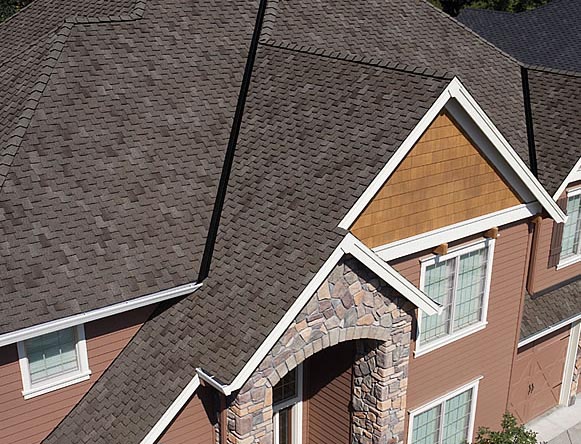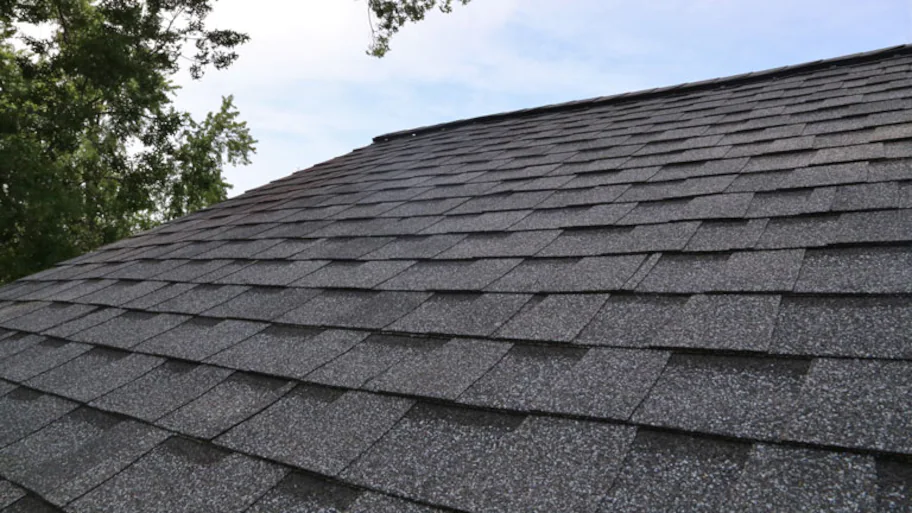Contrasting Costs Amongst Roofing Companies in Gainesville Florida
Ideal Practices for Ensuring Correct Roofing Ventilation
A well balanced consumption and exhaust air vent ratio, frequently 1:300, plays an essential function, with consumption vents ideally placed at the lower edge of the roofing for amazing air access and exhaust vents at the peak for warm air departure. Maintaining insulation away from vents is crucial to stop air movement restriction.
Understand Ventilation Essentials
Properly understanding ventilation fundamentals is crucial for guaranteeing the long life and performance of roof. Efficient air flow minimizes moisture build-up and temperature level extremes in the attic room, both of which can bring about significant structural damages with time. A well-ventilated roof covering assists in protecting against usual concerns such as mold and mildew development, wood rot, and ice dams, which can jeopardize the stability of the roof materials and the underlying structures.
The primary goal of ventilation is to assist in the motion of air, permitting a consistent exchange between the exterior and indoor settings. This equilibrium is attained via a combination of intake and exhaust vents that interact to maintain ideal air flow. Consumption vents, typically situated along the eaves or soffits, enable fresh air to enter the attic room, while exhaust vents, often positioned at or near the roof ridge, make it possible for warm, moist air to get away.
Secret elements influencing the effectiveness of roof air flow consist of correct placement, sufficient sizing, and making certain that both consumption and exhaust vents are unhampered. Normal evaluation and maintenance are vital to identify prospective obstructions, damages, or inadequacies in the air flow system, thereby safeguarding the roofing system's efficiency and sturdiness.
Kinds of Roofing Vents
Roofing system vents play a crucial function in maintaining reliable attic room ventilation and, by expansion, the overall wellness of the roof. Various sorts of roof vents are offered, each with unique advantages customized to certain roofing requirements. Ridge vents, as an example, are set up along the roof's height, allowing cozy, damp air to run away from the attic. They use continuous air flow and mix effortlessly with the roofline, making them both efficient and visually pleasing.

Soffit vents are installed under the eaves and operate in tandem with roofing system vents to ensure a balanced consumption and exhaust system. By allowing cooler air to go into from below, soffit vents assist in the expulsion of hot air with top vents. Gable vents, located on the exterior wall surfaces of the attic, deal one more effective service, specifically in homes with saddleback roofs.
Examine Your Existing Ventilation

Following, consider the age and problem of your roof products and ventilation parts. Older systems may not conform with existing building ordinance or may have deteriorated over time, decreasing their efficiency. Conduct an extensive examination to determine any kind of indications of deterioration, such as rust, damage, or voids that might jeopardize Recommended Reading the system's performance.
Furthermore, determine the attic temperature and moisture levels. High temperatures and moisture can suggest poor ventilation - gainesville fl roofing companies. Utilize a hygrometer and thermostat to get precise readings, comparing them with exterior problems. Relentless discrepancies recommend prospective concerns that require resolving.
Installation Best Practices
Reliable setup of roofing ventilation systems is critical for making certain ideal efficiency and long life. Appropriate installation begins with comprehending the particular air flow requirements of the building and the roof covering it covers. This includes calculating the correct proportion of intake to wear down vents, usually adhering to the 1:300 guideline, which states one square foot of ventilation for every single 300 square feet of attic room floor room.

The placement of vents is just as vital. Intake vents should be set up at the roof's lower side, often in the soffits, to allow awesome air to go into. Exhaust vents, on the various other hand, ought to be installed near or at the roofing's peak to facilitate the departure of warm, damp air. This produces an all-natural air movement that assists maintain temperature level and moisture balance within the attic room room.
Seal all air vent links carefully to protect against air leakages and potential water infiltration. Use high-quality products and comply with manufacturer guidelines to make sure durability and efficiency. In addition, integrating ridge vents with baffles can considerably improve airflow performance by stopping site web wind-driven rain and snow from entering the attic room.
Inevitably, precise installation of roofing ventilation systems minimizes prospective issues such as mold development, ice dams, and structural damages, making sure the roofing system's honesty and the building's total wellness.
Regular Maintenance Tips
Consistency in upkeep practices is essential to ensuring the long-term performance of roofing air flow systems. During these evaluations, guarantee that vents are free of particles, nests, and various other obstructions that could hinder airflow.
Use a soft brush or a vacuum cleaner to get rid of dust and particles from consumption and exhaust vents. Be careful not to harm the air vent displays or louvers throughout the procedure.
Correct insulation is equally essential. Guarantee that attic room insulation does not block the vents, as this can seriously restrict airflow. If any type of insulation has actually moved or settled, reposition or replace it to maintain an efficient obstacle.
Lastly, replace any kind of harmed or missing out on components promptly. Busted vents, broken shingles, or tatty blinking can all add to inadequate ventilation and should be resolved right away. Regular maintenance makes sure that the roof ventilation system functions optimally, consequently extending the life expectancy of the roofing itself.
Final Thought
Making certain correct roofing air flow is critical for maintaining the performance and durability of a roof. Adherence to the 1:300 consumption and exhaust vent ratio, coupled with the tactical positioning of vents, is essential. Regular biannual examinations, particles cleansing, and guaranteeing insulation does not block air movement are critical techniques. Applying these ideal techniques will certainly foster a well-ventilated roof covering system, consequently alleviating potential issues associated with moisture accumulation and too much warm, ultimately prolonging the roofing's lifespan.
A balanced intake and exhaust air vent proportion, frequently 1:300, plays a critical function, with intake vents preferably positioned at the reduced edge of the roof covering for trendy air access and exhaust vents at the height for cozy air exit. Consumption vents, typically situated along the eaves or soffits, enable fresh air to get in the attic area, while exhaust vents, usually positioned at or near click here to find out more the roof ridge, enable hot, humid air to escape.
Soffit vents are set up under the eaves and job in tandem with roof covering vents to guarantee a balanced intake and exhaust system. By enabling cooler air to go into from below, soffit vents promote the expulsion of hot air via top vents. Adherence to the 1:300 consumption and exhaust air vent proportion, paired with the tactical positioning of vents, is essential.